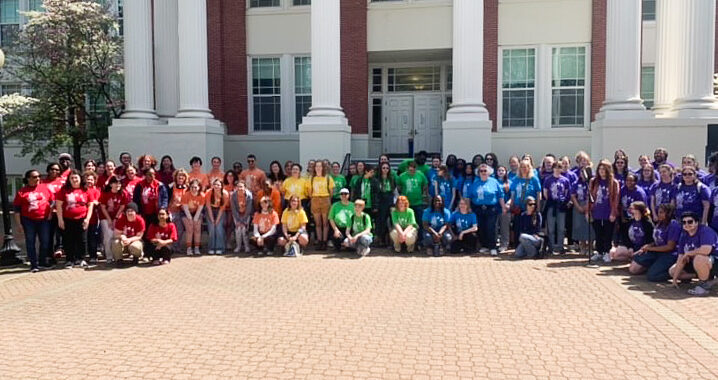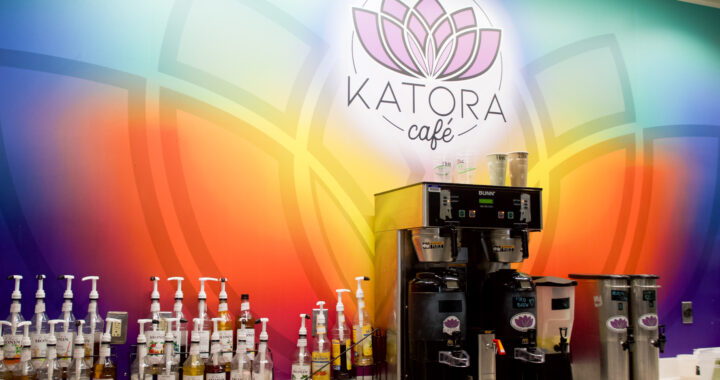Older Fredericksburg Homes Going Green
3 min readBy: TORI WONG
How can residents save money, reduce electricity use, and help the environment all at the same time? For Fredericksburg homeowners, the answer will soon be much simpler than one would have thought.
“There are so many simple things people can do to reduce their energy use and electricity bills, we just always seem to overlook them,” said Betsy Hudson, a senior Geography major and intern at the George Washington Regional Commission (GWRC).
Hudson is just one of many members of a team charged with planning the use of a $1 million grant awarded to retrofit homes in the George Washington Region using the Home Performance with Energy Star program.
The program, created by the U.S. Environmental Protection Agency and the U.S. Department of Energy uses a “whole-house approach to making a home more energy efficient, lowering its energy consumption,” reported the GWRC.
The grant is part of the American Recovery and Reinvestment Act, better known as simply the Stimulus Package, and must be used in full by April of 2012.
“The Home Performance with Energy Star is a wonderful program that will be around for the long term,” said Hudson.
The program provides a pool of trained contractors to perform a home energy assessment, then provides financial assistance in the form of rebates and low-interest loans to help homeowners implement whole-house energy solutions recommended by the assessment.
Typical cost-effective improvements identified during the assessment include air sealing such as caulking, foaming, and weatherstripping, insulation improvements to attics, walls, basements, crawlspaces, duct repair and sealing, and HVAC system tune ups.
The program will be offered in two tiers. The first tier represents what Hudson calls a “basic clipboard audit,” a visual tour through the house marked as a $150 value. The second tier is “more intense,” according to Hudson, with tests to assess the current energy standards of the home. The second tier is close to a $600 value.
Laurel Hammig, a regional planner for the GWRC, however, said that there is still a lot of education to do before the program kicks off in summer of 2011. Hudson agreed that the “biggest problem so far has been getting the word out.”
To raise awareness, the GWRC published a pamphlet explaining the details of the program. In the pamphlet, the GWRC reports, “the total annual energy bill for a typical single‐family home is approximately $2,200.” They go on to show that almost 50 percent of electricity bills pay for heating and cooling of a home.
“Since it is part of the stimulus package, we wanted to find the people who would benefit most greatly,” said Hammig.
To do so, the GWRC decided to offer full program benefits only to homeowners with homes built before 2001 and with a total household income between 50 percent and 120 percent of area median income.
“Home improvements can get pretty expensive,” admits Hudson. “Anyone can take part in the energy assessments, but the real benefit is aimed at lower income residents.”
The program, however, is not exclusionary; homeowners with total household incomes over 120 percent of the area median income can receive partial benefits up to a $500 rebate.
To ensure that the program will be around for the long term, beneficiaries must own their home; renters are not eligible. Hudson recognizes that this regulation rules out most University of Mary Washington students who rent homes off campus.
“It is a shame that students can’t be involved,” she said, “but this program is not going to go away.”
The loan program will ensure the benefits of the retrofits will be widespread, Hudson said.
Hudson’s excitement for her internship and involvement in planning for the Energy Star program is clear: “It is so exciting. It is awesome! It’s saving homeowners money, it’s helping their electric bills, and it’s helping the environment! It’s an all around win.”











